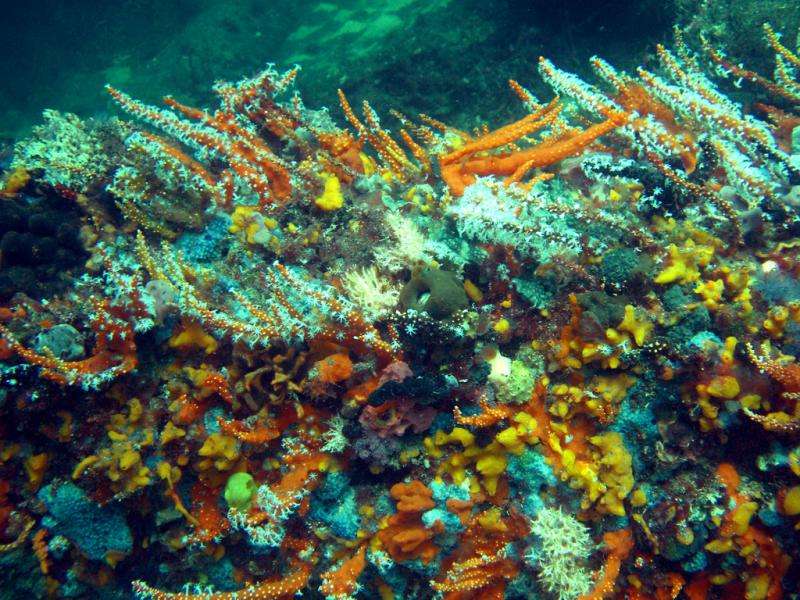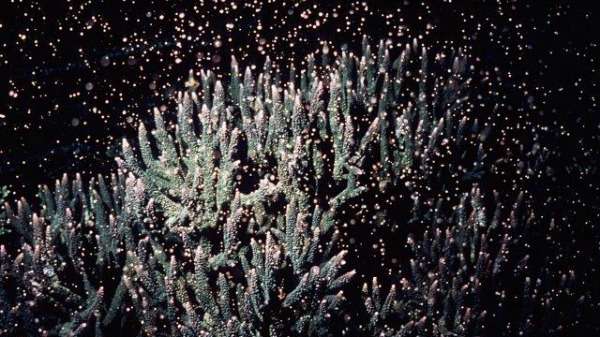Corals vulnerable to dredging pressures

Coral reefs on the Western Australian coast are at the mercy of dredging, with a recent study identifying more than 30 possible effects on corals during their most vulnerable hours.
The resources boom in Western Australia and the need for coastal infrastructure has seen an increase in dredging activities, particularly along the Pilbara coast.
Lead researcher, AIMS Research Scientist Dr Ross Jones says this dredging is occurring on a scale unprecedented for Australia.
In the same areas as this dredging occurs, there are significant coral reef systems, which form the basis for diverse ecosystems that provide a sink for carbon and support tourism and fishing industries.
The review identified more than 30 possible effects that sediment (from dredging) may have on corals, some of which Dr Jones says have not been previously identified.
Management of dredging in WA is based around targeting certain periods of the life cycle, which may be more sensitive to the impacts of dredging.
Over a few nights following the full moon—typically in autumn—the majority of WA corals release their eggs and sperm into the water column in 'synchronous mass spawning events.'
"During these periods there is a chance of causing greater damage to the environment by killing or affecting the juveniles or early life history stages, than the adults," Dr Jones says.
Thus a 12-day coral spawning impact minimisation window (CSW) is in place, during which time dredging activities cease or move to areas devoid of corals, to protect corals over this sensitive period.

Value of the coral spawning window
The West Australian Marine Science Institution review found that corals may be vulnerable to the effects of suspended sediment, reduced light and sediment deposition resulting from dredging activities, for a long period of time before, and for a time after, a mass spawning event.
The review was used to develop a conceptual model, identifying all plausible cause-effect pathways.
The researchers are now working to determine which of these are the most biologically-significant.
Dr Jones says they are examining sediment-impact thresholds for the many suspected vulnerable life stages and whether these conditions are likely during a dredging project.
"Once we get a better idea of the sediment concentrations and the light reduction, the physical pressures these different stages are experiencing, then we can make a statement as to how worthwhile the current coral spawning window is," he says.
Provided by Science Network WA
This article first appeared on ScienceNetwork Western Australia a science news website based at Scitech.



















